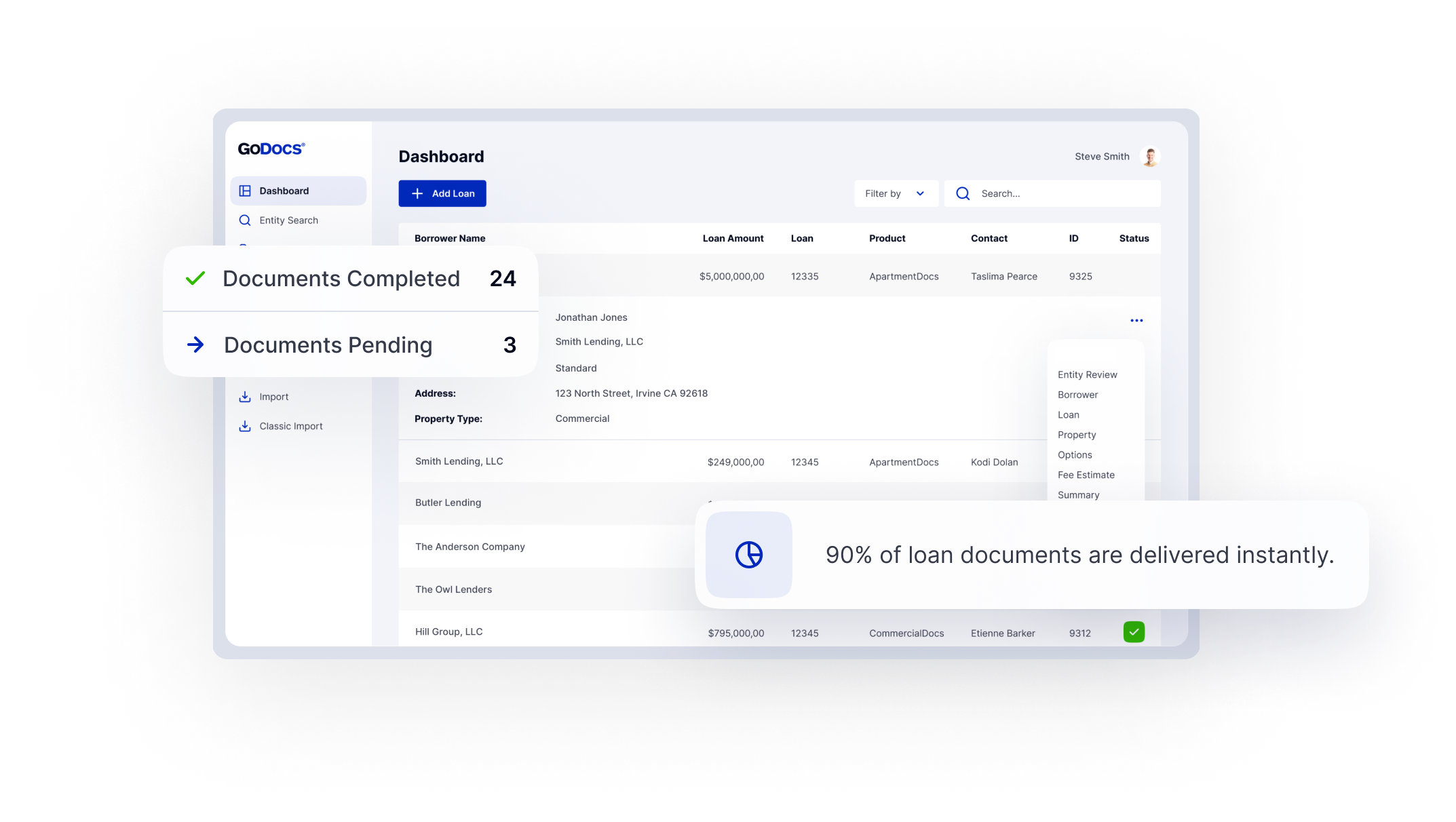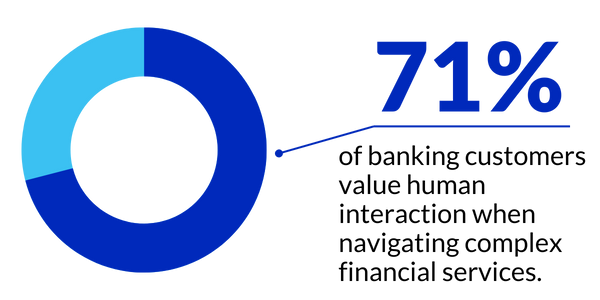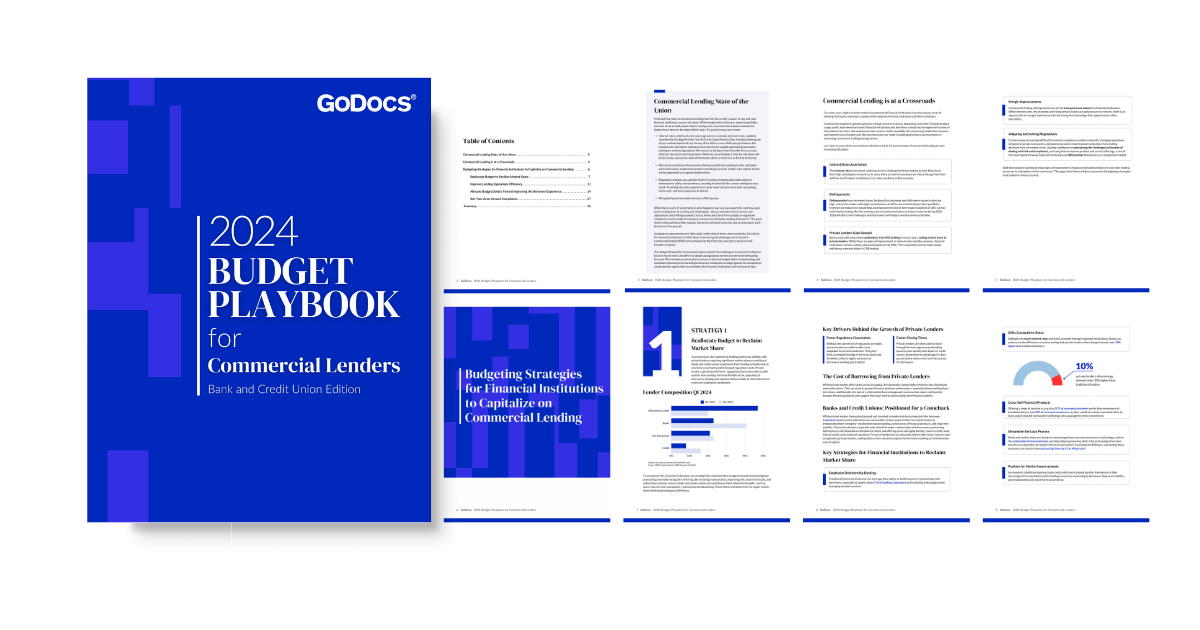What you need to know.
We’ve been delving into an interesting, fairly common happening in the commercial lending space. Commercial lenders are modifying automated loan packages designed for residential loans and using them for commercial loans. While this may seem a harmless workaround, it can actually create substantial issues for a commercial lender, especially if and when the time comes to litigate.
What then should a commercial lender look for in an automated loan package? Let’s walk through a checklist of what you want (and don’t want) in your commercial automated loan package.
What You Do Want in a Commercial Automated Loan Package
- Certificates reciting the true business purpose of a loan. As discussed in a previous post, misinterpreting the purpose of a loan can lead to some complex issues down the line when a lender needs to pursue legal routes for nonpayment. Any automated package used by a commercial lender should have any and all necessary certificates regarding the true business purpose of the loan.
- Representations and warranties applicable only to a commercial, business loan. Not only do you want all representations and warranties tailored to the commercial space, you want to ensure they expressly exclude any interpretation of the loan documents as being for a residential consumer loan.
- Safeguards. A well-compiled automated loan package will also have safeguards in place designed to address and mitigate risks. Options such as GoDocs are drafted by attorneys and contain all the safeguards you might need to mitigate, if not completely, eliminate risk.
- Support for Multiple Products/Offerings. You also want a package that, while dedicated to commercial lending, does allow for some flexibility in offerings. GoDocs, as an example, offers exclusively commercial packages, but ones that can apply to a number of lending scenarios, including 1-4 Unit loans, Commercial RE, Apartments, DSCR loans, and Construction Loans, to name a few. Construction loans, in particular, offer a wealth of opportunities for lenders. 2021 was a boomer year for construction across multiple categories, from healthcare to manufacturing and industrial builds. Office construction alone was on track to add 80 million square feet across the U.S. by the start of this year.
- The 1-4 Unit scenario is especially unique, and the right package can do a lot to protect the lender in this scenario, confirming that this type of loan is being made strictly for business purposes and will not be occupied by any of the “Borrower Parties.” Why? Residential home loans are subject to a confusing myriad of regulations, disclosures, notices and other consumer protections which are not applicable in the commercial lending world.
As a result, a loan which finances “owner-occupied” collateral property is presumed to be a residential home loan and is not financing a commercial/business property. The GoDocs loan packages are designed and maintained to satisfy the commercial mortgage loan requirements in 50 States and Puerto Rico and are not to be used for loans made primarily for personal, family, or household purposes. Inclusive (and Excellent) Customer Support. Customer support should be part and parcel of any software solution. What’s more, that support should be inclusive. You don’t want to find yourself in a scenario where you are either waiting hours or days for a response, and you definitely do not want customer service coming at a premium. Any performant solution should offer inclusive customer support with quick turnaround times. An onshore support team is always a plus and something you will want to consider.
Inclusive Training Software only works if your team can leverage it effectively. This can mean that training is required to ensure that your team understands the tool and can integrate it effectively into their existing workflows. Look for a software solution that includes training so that your team isn’t left with a steep learning curve and an exorbitant cost for training that is not included.
True Cloud Technology. A true cloud solution is a fully hosted solution with multiple levels of data redundancy layered in a multi-tenant cloud environment. What does that mean in practical terms? It means that the solution you access is updated and maintained without any effort on your part. In contrast to web-based or on-premise solutions, true cloud technology takes all responsibility for hosting, maintaining and updating that software off your plate. If a “cloud” solution requires more capex and a deeper IT bench, it’s not a true cloud solution.
Legal Support. In the context of loan packages, it is vitally important to also have legal support. Laws and regulations defining the commercial lending space vary widely from one state to the next, for one. Those rules also evolve over time. Actionable legal support must include a legal team that consistently stays on top of these changes, so that you can ensure that you are always “up to code,” so to speak.
Transparent Pricing. You purchase a solution for a set price. Soon enough, you need legal support or want to make some changes to your initial implementation. Transparent pricing is essential in these scenarios; otherwise, you can start racking up unexpected charges. Any solution you take on should give you a true idea of what your cost burden will be moving forward if any.
Integration. Today’s software solutions drill in on very specific issues. This can mean that one solution is often meant to act in tandem with other solutions. As such, any software you choose should integrate well with your banking and LOS systems in order for you to leverage the comprehensive suite of services you need in commercial lending. You want to ensure it is a true integration and not an import/export function.
Schedule a custom demo to learn more about GoDocs’ digital solution for commercial loans with a module specific to non-QM loans.
What You Don’t Want
- Unnecessary and misleading Truth in Lending Act references and documents. Truth in Lending language is complex and intended for protections in the residential space. An automated package with this type of language can only expose a commercial lender to risk. Even excising language can leave a lender in peril, exposing them to too few protections.
- Residential Language. To avoid blurring the intended use of a package, a quality provider of an automated package will not insert residential loan-themed or residential loan-oriented disclosures and/or documents into our commercial loan document packages.
- Applicable to Either. In short, there is no such thing. The Federal Government and all states have clear legal distinctions between commercial lending and residential lending. This separation is reflected in each state’s consumer protection laws and regulations and in federal consumer lending laws, e.g., TILA, RESPA. As such, any automated package purported to deliver an “either/or” scenario is disingenuous, at best.
- Expensive Training. Ideally, a solution has an intuitive UI to deliver a seamless and easy to adopt user experience. Quality training can still be necessary, however, so that your team can understand how a solution folds into their workflows. That training should never be expensive or come as a “surprise” add-on to your TCO.
- Fake Cloud Technology. True cloud solutions update automatically, and you access those updates automatically. A “fake” cloud solution tasks you with some or much of the legwork, adding a cost burden and logistical complexities to your IT department. Always look for a true cloud solution that is managed and updated automatically, not by you.
- Self-Identified Legal Support. Solutions that self-identify as offering legal support do not always deliver, especially in the context of commercial lending. A legal query in Texas has very different context and implications than that same query in Connecticut. Be wary of any solution that requires that you find external legal support in states that aren’t covered; legal support should be offered in all 50 states by any solution you choose.
- Fake Integration. Seamless integration should mean that your solution works automatically and digitally with other solutions. It may be surprising, but even some of today’s solutions have you downloading excel worksheets in order to “integrate” their offering with another solution. Make sure to find a solution that takes an efficient and comprehensive approach to integration.
Download the Guide
For a closer look at how QM and non-QM loans work, check out the comprehensive Lender’s Guide to Documenting Non-QM Loans.







